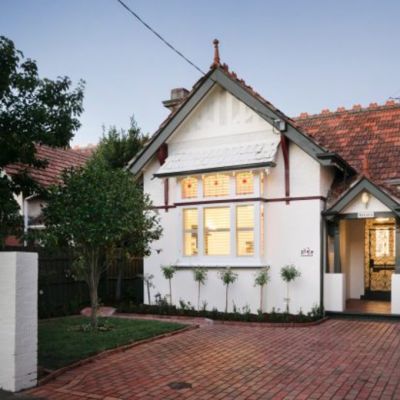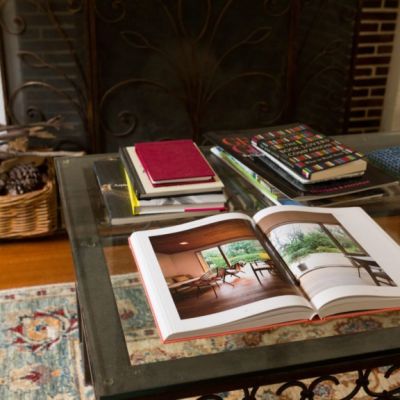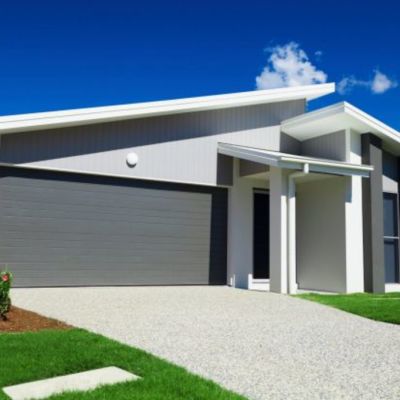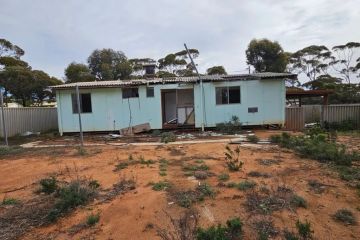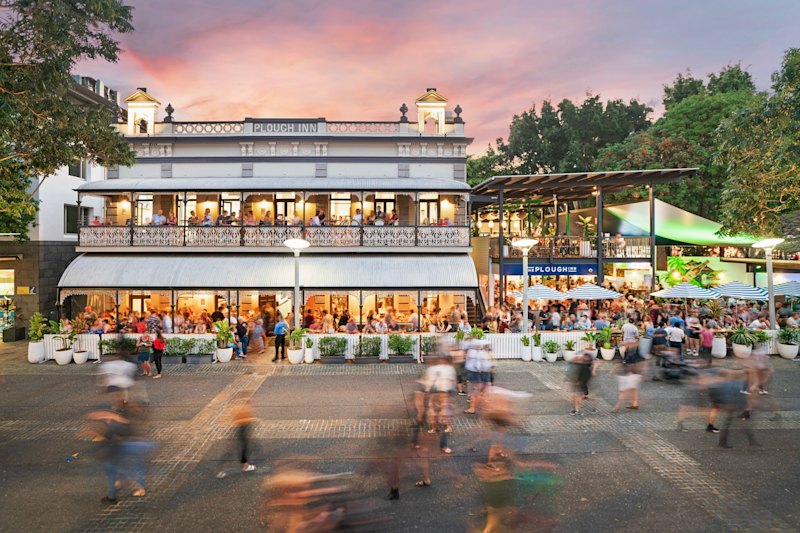The advantages of insulation: The winter padding that your home probably needs

As the temperature drops, home owners might be wondering what they can do to make their homes more comfortable – other than switching on a heater.
Investing in insulation is one option but because it’s a significant financial outlay, it’s important to do your homework and work out how much money it could save you in the long run.
Builder and landscape gardener Mark Menegatti and roofer Adrian Franchina – dubbed the Bostik Boys – said the main advantages of insulating a home were in temperature control and sound transmission.
“Depending on the climate, zone heating and cooling can account for between 20 per cent to 50 per cent of household energy use, so the return on insulating your home properly is immediate and considerable to household budgets,” Franchina said.
Options for insulating also included sealing around windows and doors, as well as double-glazing windows, and they suggested that it was worth assessing their potential energy savings before committing to a more expensive fitout.
It is also worth considering which rooms got the most use – such as the living room, bedrooms, and bathroom – and focusing on those areas first.

Dany Veech from Austral Insulation said if your house was excessively hot in summer or excessively cold in winter, it’s likely you don’t have enough insulation in your home.
He said it was important to get an expert to check your home before taking the plunge, and factors like climate, roof colour, and sun exposure all had an impact.
“While it may be tempting to attempt a bit of DIY, incorrect installation can result in a less than optimal result,” he said.
Veech said the cost of insulating a home depended on the product chosen and its “R” factor – the figure used to describe its thermal resistance.
There are a range of options to choose and companies to choose from, and the level of insulation you will need depends on the climate of where you live.
And how much money does it save in the long run? Ross W Kestle, of 4 Seasons Home Insulation, said the amount of money a home owner would save really depended on how much they were spending on heating and cooling, and how extensive the installation they were looking at was.
“Some people don’t switch on their heaters and coolers that much, so if they insulate their house that will probably make the house twice as comfortable with the same spend,” he said.
“If a person keeps their house at a temperature they like and only insulate their roof, they will achieve the same level of comfort and reduce their spend by 40 per cent,” he said, adding that under-floor and wall insulation could raise those savings to 70 per cent. Government body Sustainability Victoria also quotes a 40 per cent saving in electricity per year.
Aside from the pressing issue of temperature control, thermal insulation that was thicker than 100 millimetres would also provide sound insulation, he said.
Kestle said it wasn’t uncommon for owners with some material under their roof to think it was insulated, but it was often weatherproofing. He estimated that 90 per cent of homes built prior to the year 2000 needed some additional form of insulation.
“People think once a wall is built,it is too late to insulate it. You can insulate existing external walls to double the insulation benefits,” he said.
“Insulating a hot west wall makes more difference in summer than roof insulation, and in fact often doubles the benefit of roof insulation.”
Kestle suggested calling in an expert if people were unsure how much insulation their home currently had, and how much an upgrade could cost, saying that sites such as Hipages would allow them to source several quotes.
“The average older home needs their roof insulation fixed up and topped up to current standards, say $2000, their external walls insulated, say $4000 to $5000, and underfloor insulation if they have raised timber floors, say $2000,” he said. “As a package, that’s probably $7000 to $8000 for a $1000 reduction in power bills – a return on investment 10 per cent to 12 per cent, tax-free, forever.”
Retrofitting an older home cost about twice as much as insulating a new home while it was being built, he said, and new homes have to comply with insulation standards.
We thought you might like
States
Capital Cities
Capital Cities - Rentals
Popular Areas
Allhomes
More
